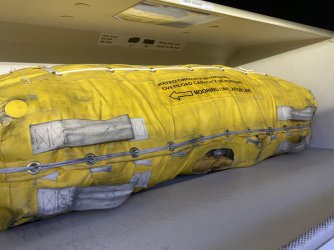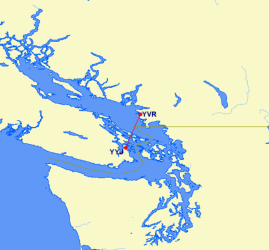Wouldn't the better solution be to install slide/rafts that can be both ? Are these available on the 737NG (and what about the Max, anyone know)? This seems to be the standard for A32x series in an overwater config, the famous "Miracle on the Hudson" water landing in New York City a number of years back, luckily had these rafts even though it wasn't required for the flight segment in question. This also makes me think that having the rafts on all segments, even if not required, can't really hurt - much flying in Australia is near the coast and ditching in the ocean, while certainly not preferred over a land runway, could be the worst-case scenario even for a coastal flight that doesn't officially require life rafts.



















